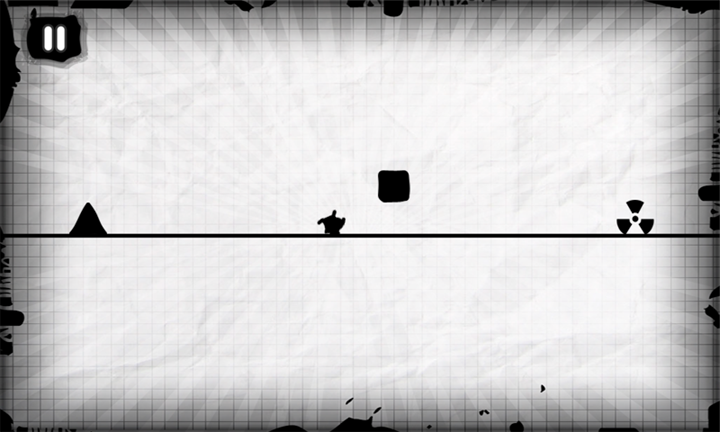

You can buy waist belts and extension cables for your head torch from some manufacturers, such as Suprabeam.

This way two sources of lights generate different shadows and lighting, helping perspective. Also consider moving your head torch to around your waist or sternum.

Additional lighting – one way of increasing depth perception and removing tunnel vision is by using a hand-held torch in conjunction with your head torch.Rods are 1,000 times more sensitive to light than cones. This works as the receptors (rods) in our eyes that sense light and dark lie at the edge of the retina, unlike the cells that sense colour (cones) which are focused at the centre of the eye. Go peripheral – If you’re having trouble seeing in the dark, then the best technique is not to look directly at the object but to look just off from it, using your peripheral vision.Also, don’t forget to give other trail users some heads up well before you are right behind them! This is especially important if you run urban areas at night. Remain alert – don’t run with earphones, use your natural ability which focuses your senses on the ones which are more acute at night, such as your hearing.Sweeping with your head torch will also help prevent the tunnel vision that can develop from long night time runs and develop your proprioception for what’s ahead. 3-Dimensional viewing – the trail is not a 2-dimensional experience, you need to be aware of what’s going on all around you, from feet to the top of your head.Make sure that the battery power will last the length of the run, very few will last much more than a couple of hours on maximum output, so consider a spare battery, or a backup. Lighting – invest in a good head torch, if you need any help, check out the buying guide here.Lift your feet – running at night will naturally lead you to misjudge what’s going on around your feet, including those trip hazards, and it’s often the small ones which are barely noticeable which will catch you out, so pick up your feet and don’t let them shuffle along the ground! It will make you a stronger runner and also one with fewer bruises!.

This will not only make you less reliant on the stability of each step but it will also give you a lighter style. Shorter Steps – another way of creating more stability in your running is to shorten your stride and increase your cadence.Once you have honed your technique and knowledge you can pick up the gears and go quicker, developing your agility, reaction times and proprioception. That way you will have more time to develop your approach to the trail. Slow start - It’s a natural reaction to slow down when we run at night but it’s also worth deliberately taking the foot off the accelerator, especially on an unfamiliar trail.It will help lower your centre of gravity and create more flexibility in your joints as well as readiness in your muscles so that you can deal better with that uneven ground or trip hazard. It’s this stance that can be adopted to provide a more stable running style either in running at night or running downhill. I normally start with asking what would be the best stance to develop to anticipate a rugby tackle. The Athletic Stance – Most of my trail running clients will be familiar with my talk about the athletic stance.Anxiety/fear – Seriously, running at night can feel pretty threatening from urban to rural environments, the last thing you want to do is put yourself in danger.Lonely – is it just me? We are social beings us humans, too many people are too busy, too few is more worrying and no one, maybe I shouldn’t be here?.Cold – simple laws of thermodynamics, no sun = colder, this can be good in the summer but can compound the issue if it’s a winter run you are embarking on.Head height obstacles – “Wow that was close!” Yes, trails are 3D! If you have managed to stay on your feet then maybe a branch will get you! “Whack!”.Trip hazards – a direct result of not being able to see well, those tiny twigs or uneven pavements suddenly become obstacles for our feet.From how we perceive the passage of time, to how we perceive objects such as trees and shrubs, which in the dark appear bigger than they actually are. Altered reality – At night our mind can play tricks on us.This can lead to many problems from how trails appear at night, to missing that footpath sign and getting severely lost. Difficult to see – pretty obvious one, but worth pointing out, night time is dark time and it’s not when us humans fair too well.


 0 kommentar(er)
0 kommentar(er)
